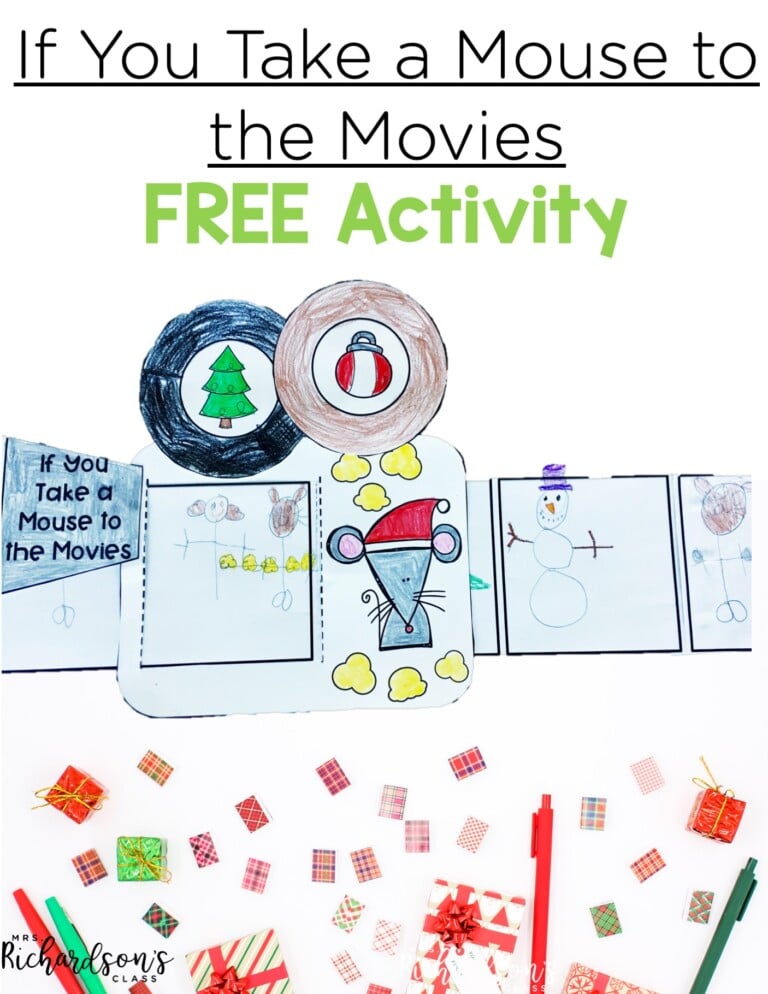


Amazon affiliate links are used below at no cost to you. I earn a small commission each time someone makes a purchase through one of my links, which helps to support the blog.
We were sitting at my guided reading table for the hundredth time. We had been working on the same sight words in guided reading for the last 3 weeks. What was I doing wrong? What was I missing? Why wasn’t it clicking? We were doing “all the right things”, I thought.
Early on in my teaching career, I felt like I was spinning my wheels with some of my readers.

I knew that practicing sight words in guided reading was an important part of the lesson cycle, but I’ll be honest–it took me a while to figure out how to squeeze it into an already short 20 minute time period in a meaningful way.
Figuring out how to choose sight words and efficient ways to practice them was a little tricky. Once I got a solid routine for this part of guided reading down, I noticed the students at my table were more successful! Let me share what I learned so you’ll be able to implement it quickly, too!
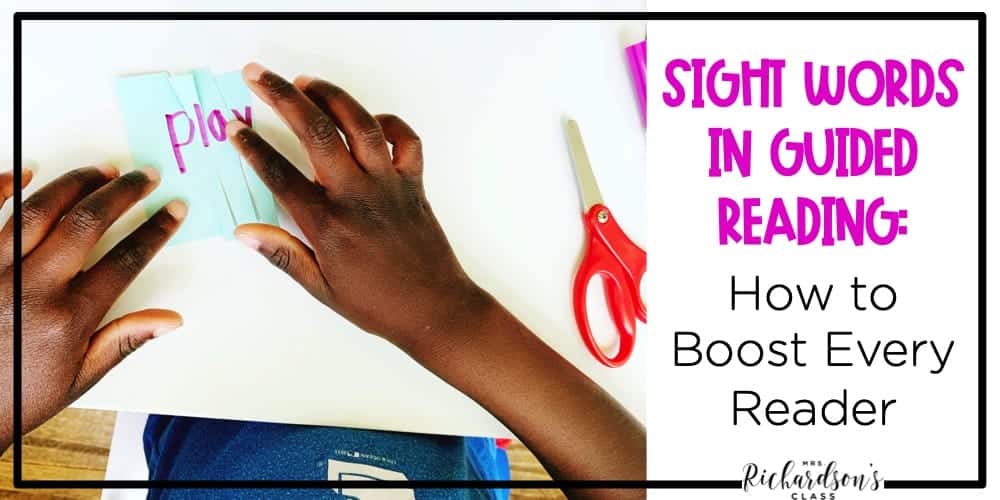
Did you know that sight words can make up over 50% of all reading materials?
These sight words, or high frequency words, are simply words that are not easily sounded out. If our readers can master sight words, they can devote more effort and brain power to decoding more difficult words.
When you combine sight word practice, balanced literacy practices, and phonics instruction, you’ll build more successful and fluent readers.
Fountas and Pinnell (Guided Reading: Good First Teaching for All Children, 1996) said learning sight words is useful to young readers because:
Some districts and teaching teams have their own list of sight words to use. Others choose the Dolch list or Fry’s sight word list. Ultimately, it is up to each teacher to choose the best sight word list or come up with his or her own, while being compliant to the school’s policies.
During guided reading, what I do with each group would depend on the level. However, for all of my groups, we would go over the sight words they would find in their text that day.
We want our readers to be as successful as possible while reading, and helping them find and identify sight words will help them be more fluent readers.
Remember, the word work block during guided reading is very brief – about five minutes. (You can read all about it in the Structuring a Guided Reading Lesson post.)
Though each group’s practice looked a little different, I tended to do this one routine with all of my groups:
This was a very fast and effective way to review sight words during in guided reading.
Here are a few other great ways to practice sight words during guided reading:
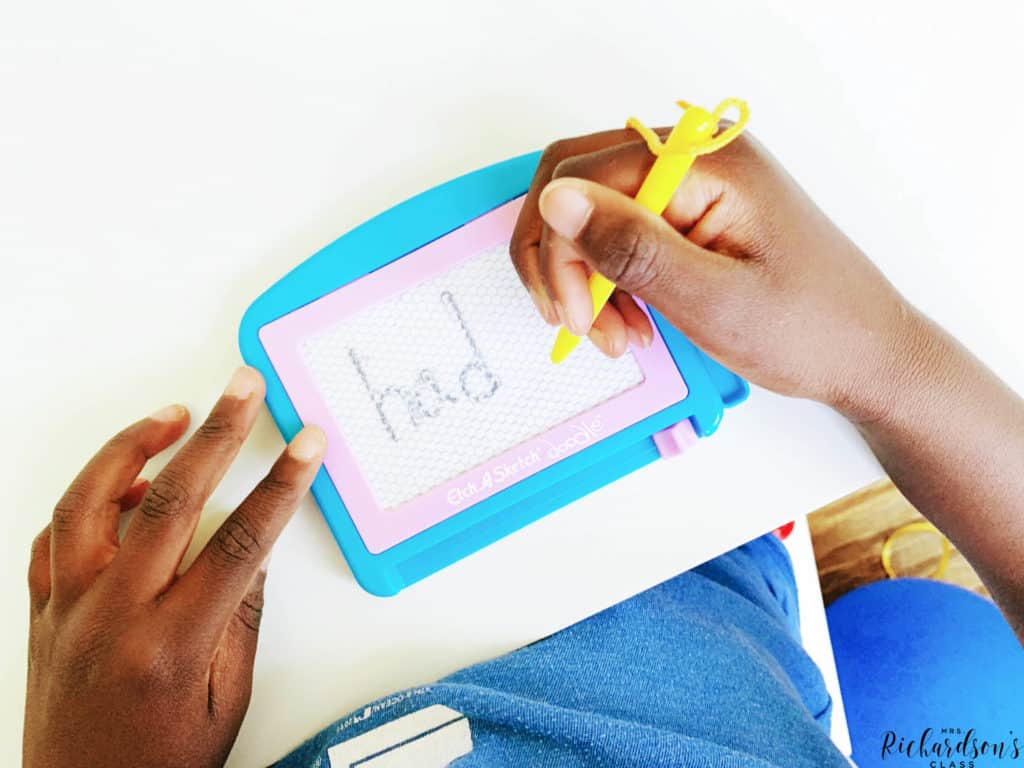
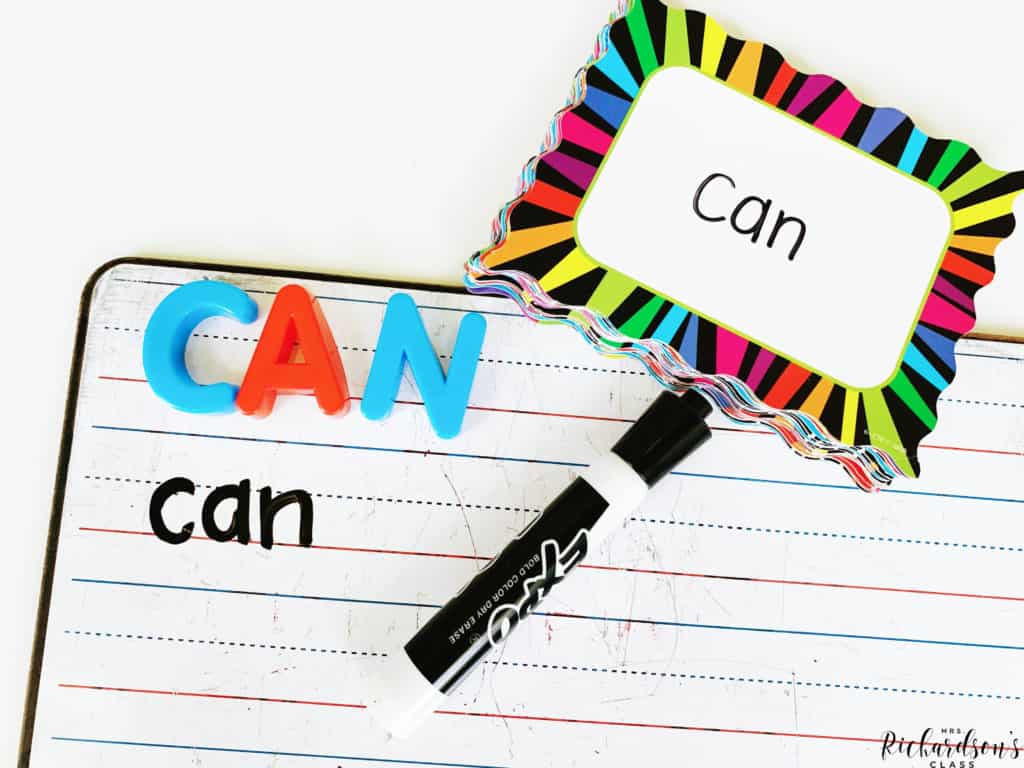


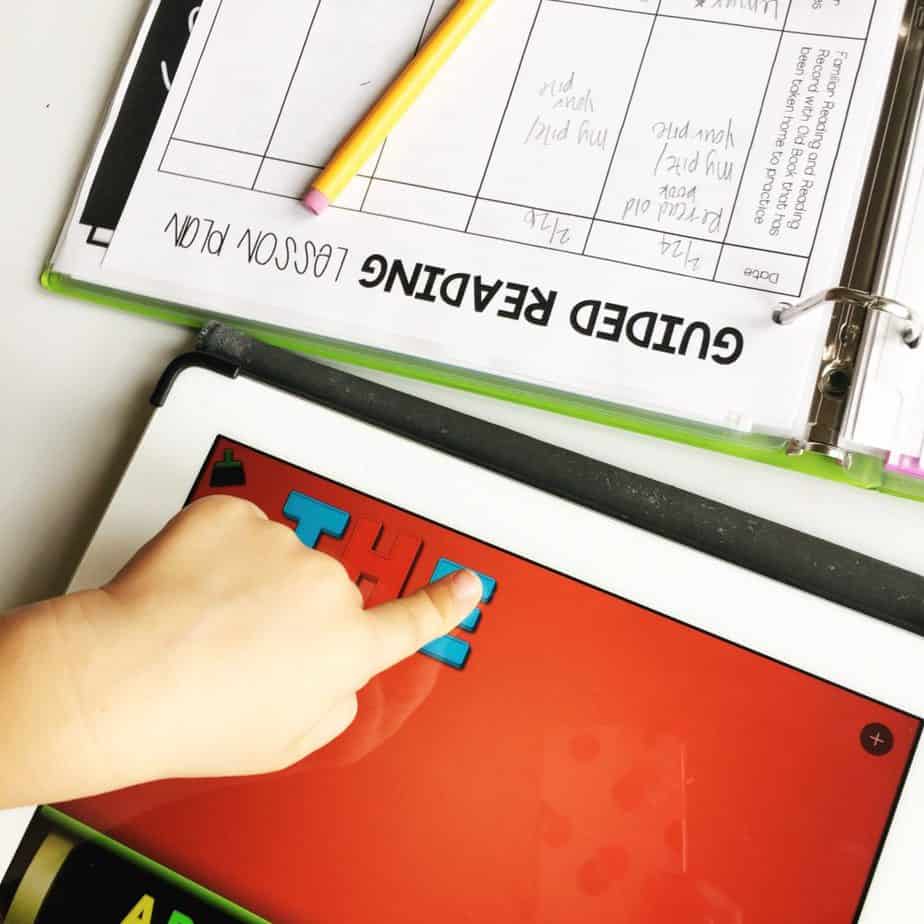
Remember, reviewing the sight words students will be seeing in the text that day helps put them in context.
If you’re needing an easy way to track sight word progress, you can check out my progress monitoring systems for kindergarten and first grade. HERE is a helpful blog post that explains how I used them in my classroom.
If you are looking for a fun way to review sight words, then check out these FREE Sight Word Games here.
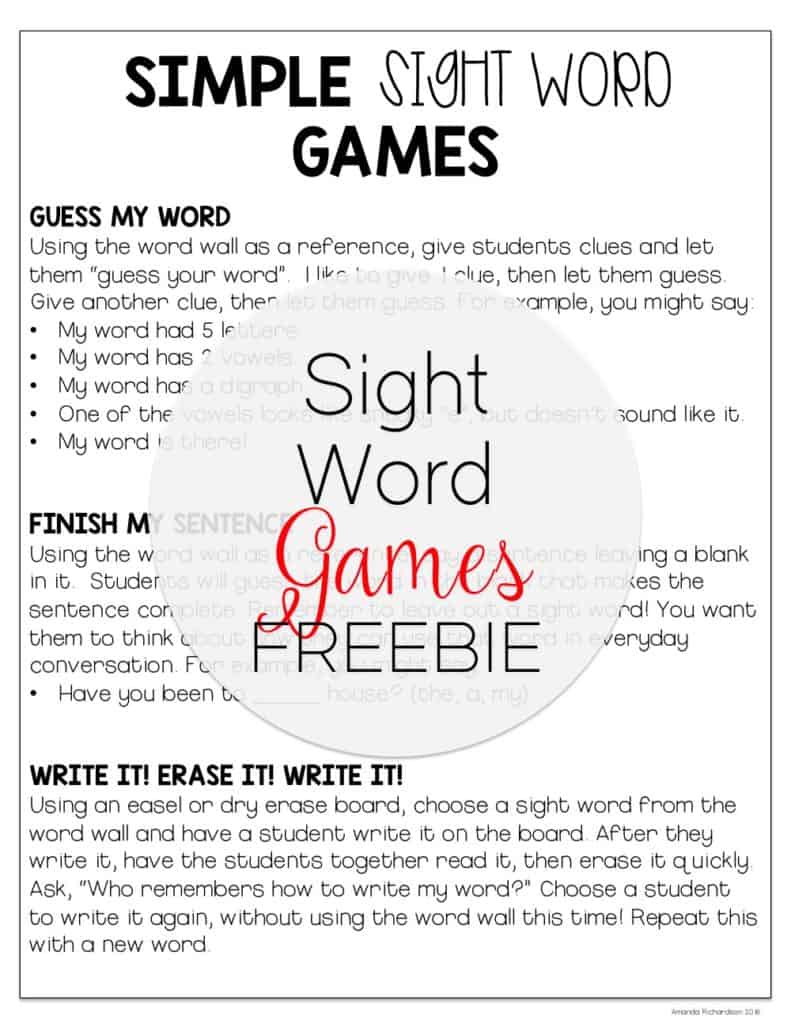
Join 30,000+ teachers who are loving tips sent to their inbox weekly!
Making Sight Words Stick is a helpful post with more ways to integrate teaching sight words throughout your day. It also includes a free printable with a list of simple sight word games.
25 Sight Word Tips and Tricks has fun, hands-on ideas for practicing sight words as a class, in small groups, during literacy stations, and as morning work.
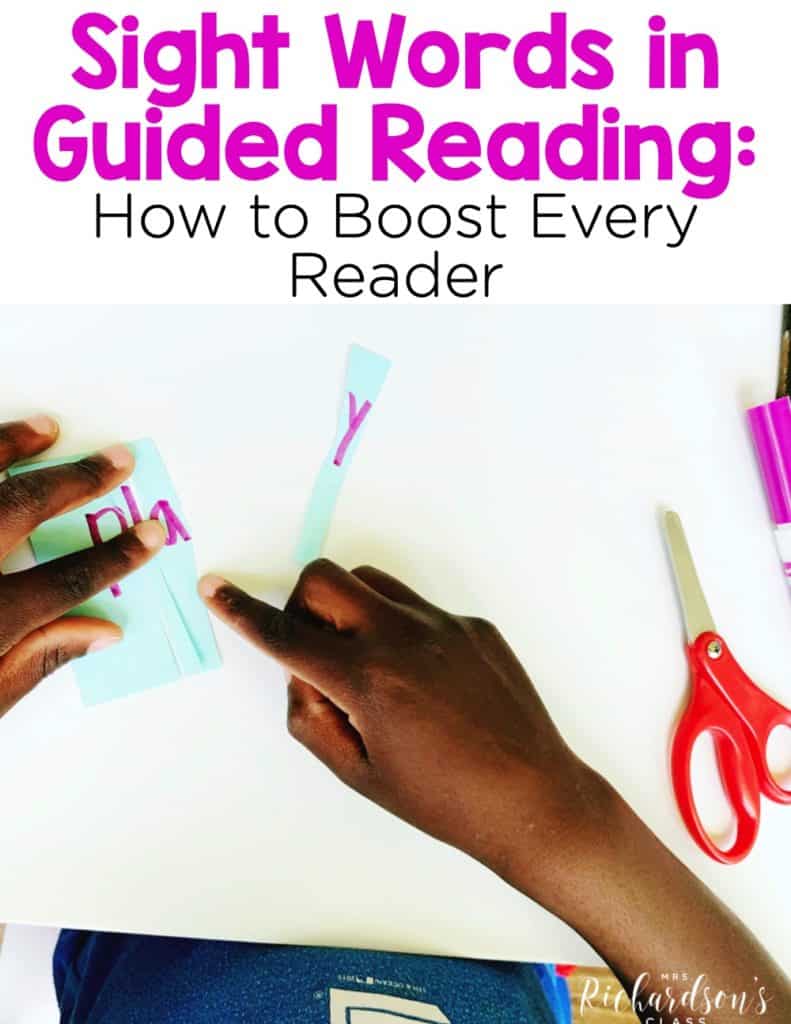
pin it

Want to use the latest research to boost your readers during small groups? This FREE guide is packed with engaging ideas to help them grow!

I’m a K-1 teacher who is passionate about making lessons your students love and that are easy to implement for teachers. Helping teachers like you navigate their way through their literacy block brings me great joy. I am a lifelong learner who loves staying on top of current literacy learning and practices. Here, you’ll find the tools you need to move your K-2 students forward!


| Cookie | Duration | Description |
|---|---|---|
| cookielawinfo-checkbox-analytics | 11 months | This cookie is set by GDPR Cookie Consent plugin. The cookie is used to store the user consent for the cookies in the category "Analytics". |
| cookielawinfo-checkbox-functional | 11 months | The cookie is set by GDPR cookie consent to record the user consent for the cookies in the category "Functional". |
| cookielawinfo-checkbox-necessary | 11 months | This cookie is set by GDPR Cookie Consent plugin. The cookies is used to store the user consent for the cookies in the category "Necessary". |
| cookielawinfo-checkbox-others | 11 months | This cookie is set by GDPR Cookie Consent plugin. The cookie is used to store the user consent for the cookies in the category "Other. |
| cookielawinfo-checkbox-performance | 11 months | This cookie is set by GDPR Cookie Consent plugin. The cookie is used to store the user consent for the cookies in the category "Performance". |
| viewed_cookie_policy | 11 months | The cookie is set by the GDPR Cookie Consent plugin and is used to store whether or not user has consented to the use of cookies. It does not store any personal data. |
2 Responses
Very helpful
I’m so glad!!